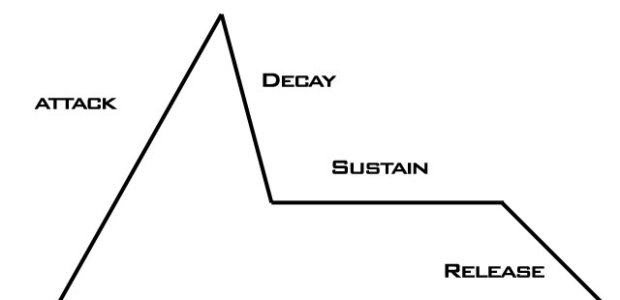Re: , need Compressor help
Hi,
I've got a Yamaha Thr series amp.
It has a simulated "Rack" Compressor.
I was hoping that someone would be willing
to explain what the heck the control knobs
do so I can start using the Compressor.
I understand what a Compressor does
and have used compression stomp boxes.
They just had a couple of knobs.
I don't recognize what the Yamaha
controls are. They are as follows:
Threshold
Attack
Release
Ratio
Knee
Output
Any help would be appreciated.
The attack is
how long it takes for the compressor to kick in.
The release is
how long the compressor takes to bring the signal back up after it falls below the threshold
The threshold is
the level which the compressor kicks in.
The ratio is
the amount of compression
Knee is a variable "hard to soft" quality to the attack. Drums benefit the most from a hard knee... vocals and pads sound the best with a soft knee. Hard knees introduce some sort of distortion to the attack portion of the signal. Sometimes this distortion sounds fantastic on drums and sometimes using a hard knee just fries your signal. Basically, you get more punch from a "harder" knee.
Output is the level coming out of the compressor. If using the compressor with high ratios and low thresholds, the output is sometimes used as "make up" gain.
A compressor is thought of as a timbral shaping effect where it shapes the loudness and spectral content. The parameters of a compressor should be at least remotely familiar to most musicians.
All music and sound is shaped through the: Attack, Decay, Sustain and Release of the note or noise. By going over the ADSR of audio signals, we can get a handle on how sound changes over time.

You can see how the compressor's RELEASE can affect both the sustain and decay of a signal.
How fast you set the attack can shape the ATTACK portion of the signal. SLOW ATTACK settings preserve the natural attack of the signal and FAST ATTACK settings clip the attack of the signal.
Release times usually are timing and tempo dependent. When the release times and attack times aren't jiving... you will hear audible "pumping and breathing". When you set the attack and release times just right and in a complimentary fashion, the pumping and breathing are inaudible because they occur within the context of the songs beat.
The threshold setting is important because that is where the compressor starts to kick in... settings where the threshold is set too low results in flat dynamics and decreased loudness... set it too high and you won't hear much of an effect. Of course, the threshold is related to the ratio.
You can drastically alter the way sound travels through time with a compressor. Personally, I use limiters because I am only interested in taming peaks and not bringing up lower level signals (compressors do both).
Working with compressors can be frustrating because it's a fine line and a balancing act between softening the attack and increasing the sustain... too often one is emphasized at the expense of the other. Sometimes you set the attack and release times "just right" to your ears yet the attack and release times are too short for the compressor to get anything done... further adjusting yields the right amount of compression but the timbre of the signal is compromised. This is why I just use limiters... they have a better chance of not ruining a signal's timbre.
Often studio compressors have "automatic" settings for attack and release... sometimes this works and usually it doesn't. lolz! Experiment with auto settings and use the input and output meters to monitor how the threshold and ration settings affect the output of the signal.
Flat out, compression is probably the trickiest effect to use properly but learning how to use it yields immeasurable knowledge of how sound changes over time. Experimentation is key.
This article by Dave Moulton appeared in a 1994 issue of Electronic Musician and is one that I read over and over. I can't stress how important the article is and I am pleasantly pleased that it has been archived on his website.


